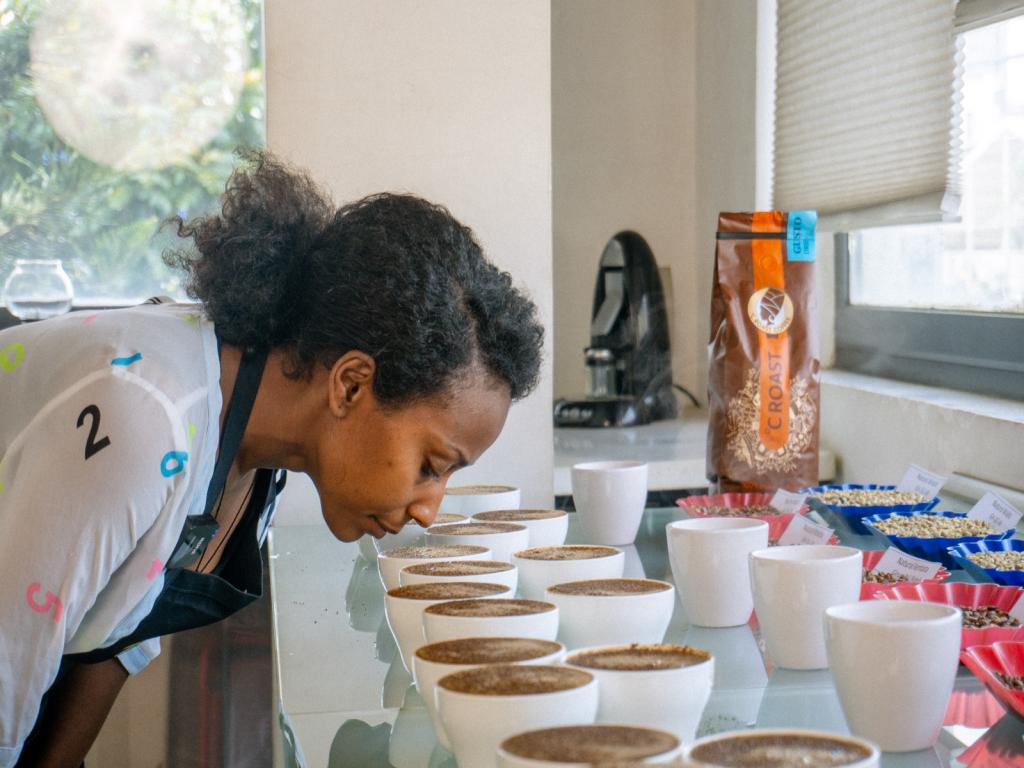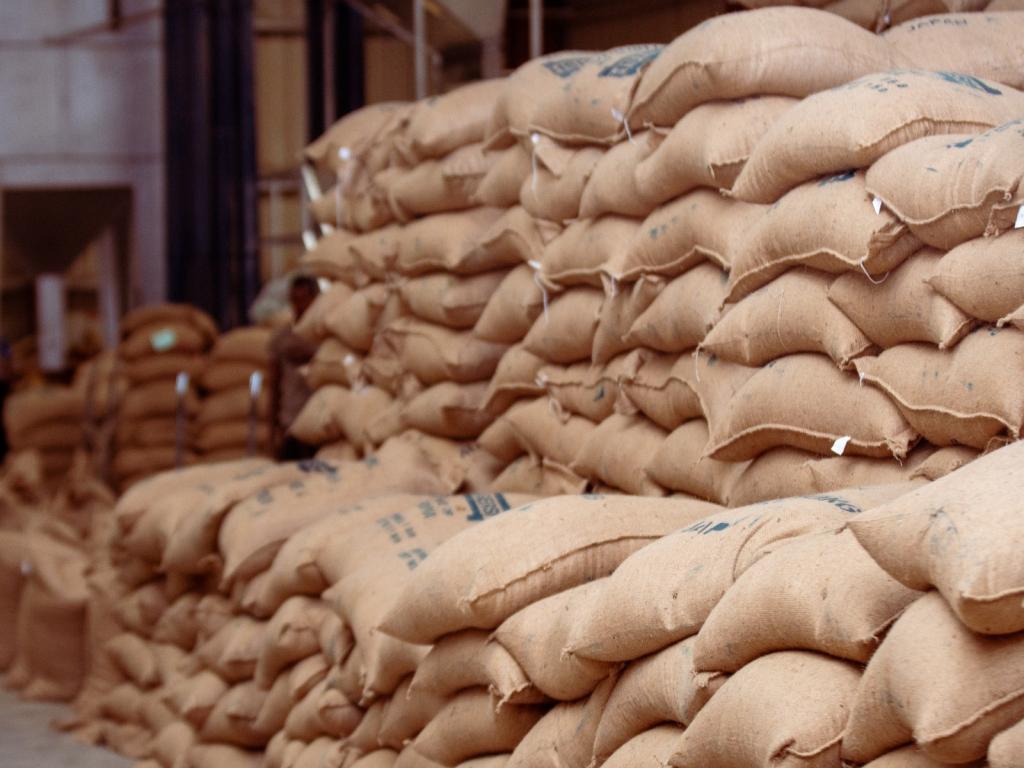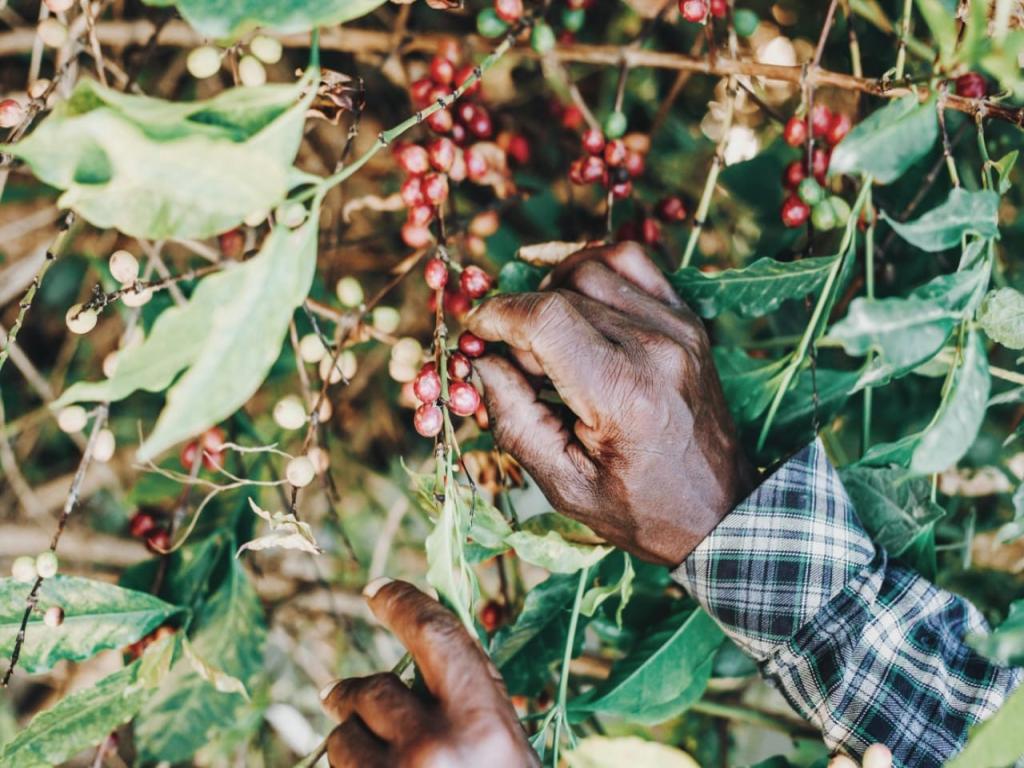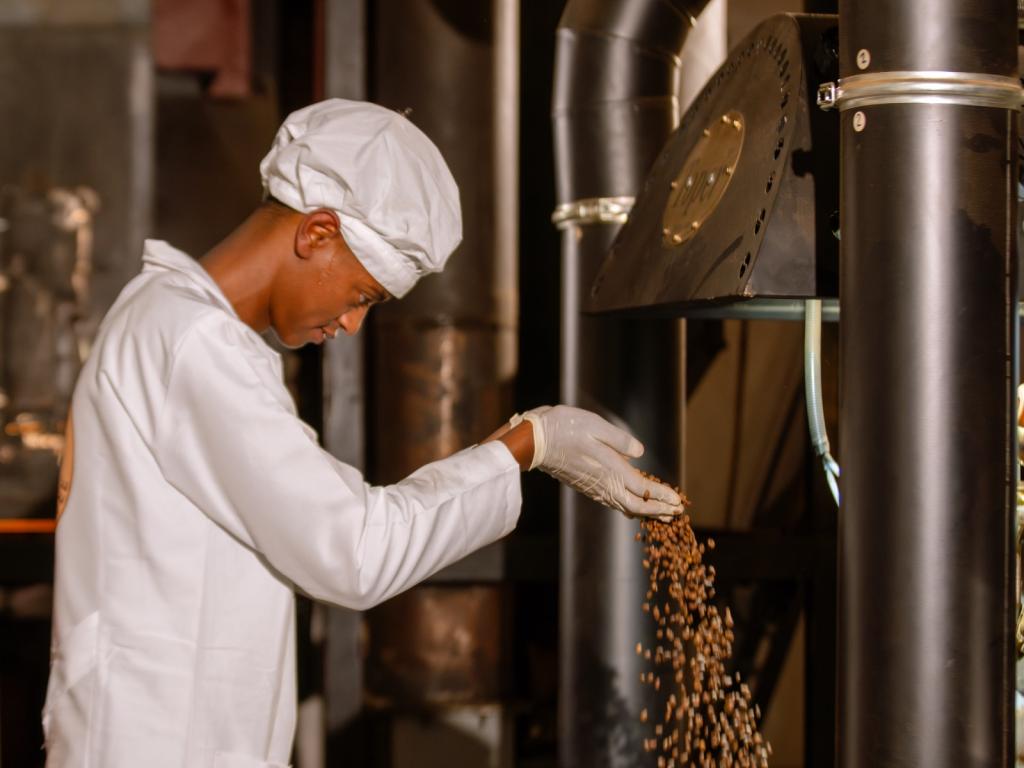If you’re a coffee lover, you’ve likely noticed that coffee isn’t just “coffee”—each cup can have its own unique flavor, aroma, and texture. Tasting coffee can be as detailed and enjoyable as tasting wine, and learning the basics can enhance your appreciation of each cup. Here’s a beginner’s guide to understanding and savoring the rich world of coffee tasting.
1. Start with Fresh Coffee
Freshness is key when it comes to tasting coffee. Coffee beans begin to lose their flavors shortly after roasting, so it’s best to use beans that are within a few weeks of roasting. Grind your coffee just before brewing to preserve as much of its aroma and flavor as possible.
2. Observe the Coffee Grounds
Before brewing, take a moment to look at and smell the coffee grounds. Different roast levels create different colors and textures. Light roasts will be a pale brown with a dry surface, while darker roasts will be more oily and deep brown or even black. Inhale the aroma of the grounds; this can give you an initial sense of the coffee’s personality.
3. Brew Carefully
Brewing method affects flavor, so choose a method that lets you taste the coffee’s pure flavors. Pour-over or French press methods work well for tasting, as they allow the coffee to express its full character without the influence of high pressure (like in espresso) or cold steeping.
4. Take Note of the Aroma
The aroma is one of the first indicators of a coffee’s flavor. Hold the cup close to your nose and inhale deeply. Some coffees might have floral, fruity, or even chocolatey notes, while others may smell smoky or earthy. This initial aroma often foreshadows the flavors you’ll experience when tasting.
5. Sip Slowly
Take a small sip and let it sit on your palate for a few seconds. When tasting, try “slurping” the coffee, drawing in a bit of air as you sip. This technique helps the coffee spread across your taste buds, allowing you to experience the full range of flavors.
6. Identify the Main Flavor Notes
Coffee tasting often involves identifying flavor notes that reflect specific taste categories, such as:
- Fruity: Notes of berries, citrus, or tropical fruits are common in many African coffees.
- Nutty: Coffees from Central America often have nutty flavors, like almond or hazelnut.
- Sweet: Some coffees have hints of caramel, honey, or chocolate, adding a natural sweetness to the brew.
- Earthy: Indonesian coffees, like Sumatran, can have earthy or even herbal notes.
- Spicy: Hints of cinnamon, clove, or pepper can be present in some coffees, especially those with a darker roast.
7. Pay Attention to Acidity
Acidity in coffee refers to the bright, tangy sensation, similar to the effect of citrus fruits. Coffees from regions like Ethiopia and Kenya are known for their high acidity, which gives them a lively, sparkling quality. Lower-acidity coffees, often found in Central and South America, offer a milder, smoother flavor profile.
8. Notice the Body
The body of a coffee is its weight and texture in your mouth. Is it light, almost tea-like, or does it have a fuller, creamier feel? Coffees brewed with methods like French press will often have a heavier body, while pour-overs are typically lighter.
9. Think About the Aftertaste
The aftertaste is the flavor that lingers once you’ve swallowed the coffee. Some coffees leave a sweet, pleasant finish, while others might be more bitter or earthy. Take note of whether the aftertaste complements the initial flavors or adds a surprising twist.
10. Record Your Impressions
Keep a coffee-tasting journal to record your impressions. Note the origin, roast level, flavor notes, and any other characteristics you noticed. Over time, you’ll develop a sense of your preferences and be able to explore coffee more intentionally.
Developing Your Coffee Palate
Coffee tasting is all about developing your palate and enjoying the nuances of each cup. With practice, you’ll start to notice subtle differences and form your own preferences. So, grab your favorite beans, pour yourself a cup, and let your taste buds lead the way in this delightful journey of coffee discovery!





